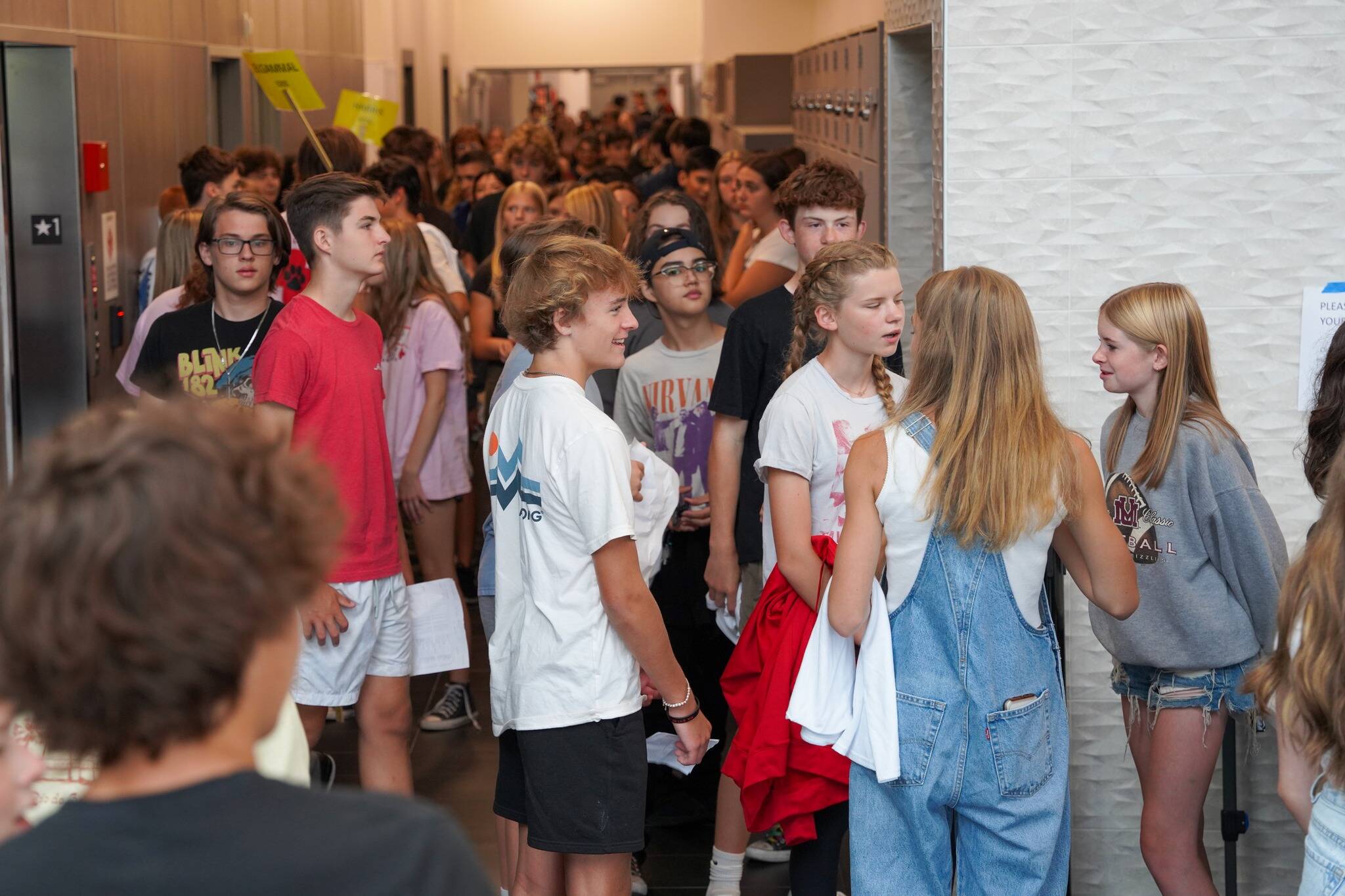Snoqualmie Valley School District students are passing state standardized tests in English and math at lower rates than they were prior to the pandemic, but district officials say recent test results will give them a better idea of how they can improve.
District officials recently began reviewing results from the 2023 Smarter Balanced Assessment, an annual state exam given to elementary, middle school and tenth grade students. This year’s test, taken last spring, is significant because it is only the second SBA to be taken under normal conditions since the COVID-19 pandemic and subsequent school closures.
The 2020 SBA was canceled. In 2021, the test — which is normally held each spring — was administered the following fall, meaning students were tested on material they learned the previous school year.
“It helps to have two years of data to better sense where we are,” said Ginger Callison, an assistant superintendent of teaching and learning with the district. “It helps us sharpen our focus on where we need to put some time and attention.”
While results varied by grade level, district students as a whole performed similarly on both the 2022 and 2023 exams.
Overall, 74% of students passed the English portion of the SBA in 2023, while 63% passed the math section. Those results are each down one point from the 2022 exam.
However, those rates are below where they were in 2019, when 79% of district students passed the English portion and 72% passed the math portion.
Math results, in particular, were down for middle and high school students. Only 58% of seventh graders and 50% of eighth and tenth graders secured a passing score on the 2023 tests. That’s compared to passage rates for all three grades hovering around 70% in 2019.
The 2023 test also showed disparities in achievement based on economic status. Low income students were about half as likely to achieve a proficient score compared to their peers without income restrictions.
Callison said none of the recent results came as a huge surprise. It was difficult to teach over Zoom during the pandemic and provide students with individual attention, she said, noting that the district anticipates it will continue to fill those gaps for a while.
Comparing the last two years to 2019 results is also not an “apples to apples” measurement, she said. The state tweaked the SBA prior to the 2022 test. That included making the test shorter and leaving less room for error in some sections. That can sometimes skew results, Callison said.
“It’s not true of the whole test, but sometimes missing a problem can have a bigger impact,” she said.
Callison said district officials will continue examining the test results over the next year in an attempt to understand specific concepts that students struggled with. From there, she said, they will develop a few focused topics and work alongside teachers to implement them into the curriculum.
“We take test scores seriously,” she said. “It is only one measure, and certainly isn’t a predictor of future success, but it is what our state says students need to be successful in the workforce.”


